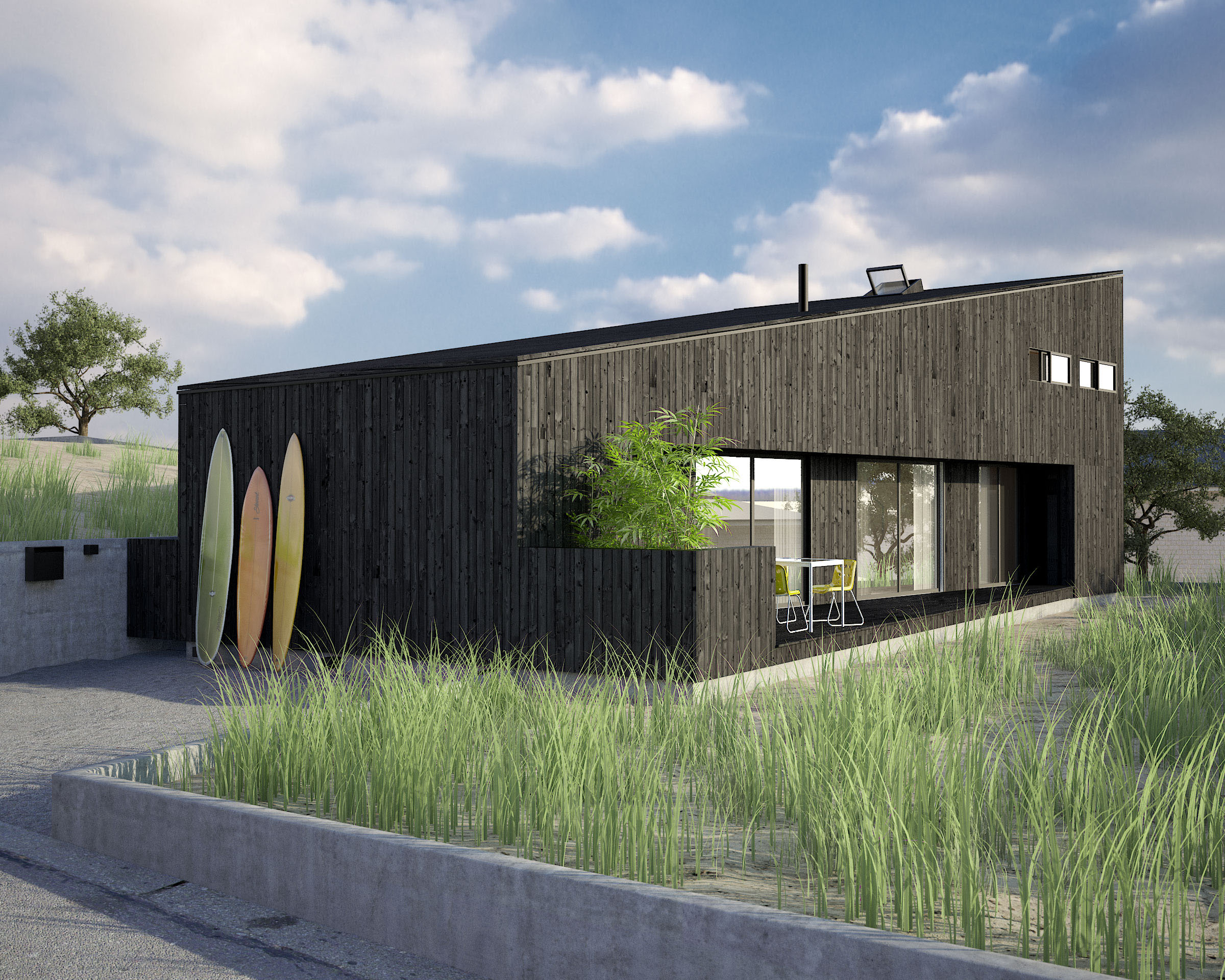We went for the six-pack of beer, which the manufactured-housing company was giving away to the first 10 people who came to inspect its new model homes. Competition is fierce among Japan's many manufactured home builders, and the one we were visiting is No. 10 in terms of units sold per year, though given the amount of promotion and advertising they do — SMAP heartthrob Takuya Kimura is their mascot — it would be easy to believe they were closer to the top.
The point of prefabricated homes is that quality is controlled and costs minimized, since they are mass-produced. One doesn't demand individuality in a manufactured home, though most companies offer such a wide selection of designs it's assumed there's something there for every taste, not to mention every budget. As for the latter, ours was ridiculously low, but when the salesman heard it he didn't bat an eyelid. We wanted to find out just how economical such homes could be — but the main reason our stated budget was low was because it is. Though the prices are considered reasonable in relation to other companies, we're not sure we could even afford the company's lowest-end house at a base price of ¥13 million.
An advantage ready-made homes have over order-made homes is that potential buyers can step into and look at one before they sign a contract. The two models we visited along a retail-heavy stretch of highway in northern Chiba Prefecture were in the mid-price range, between ¥20 million and ¥30 million. The less-expensive model was conventional in style. The first floor contained a living-dining-kitchen area, a small family room, a bath/utility space and a somewhat ostentatious washitsu (Japanese room) with tatami mats. The second floor had three bedrooms and a second toilet.

















With your current subscription plan you can comment on stories. However, before writing your first comment, please create a display name in the Profile section of your subscriber account page.